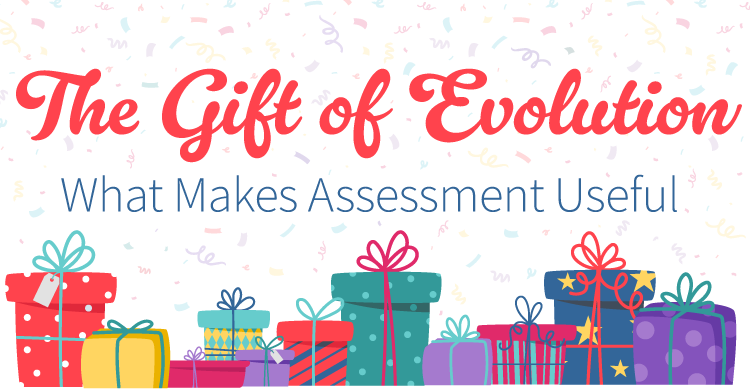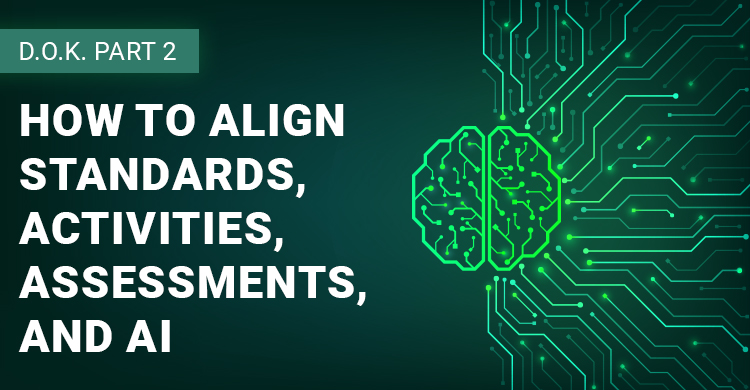He sat in the back, slumped deeply in his chair. His hat was pulled low over his eyes—a signal he was not having a good day. The teacher at the front of the room asked the students to engage in a warm-up activity.
I was in this classroom as an instructional coach helping out for the day. The algebra teacher of this classroom of students was out on maternity leave, and a substitute walked these learners through the lesson. This particular class was a double-blocked algebra course, and some of the students were not excited about the idea of being there to engage in a subject where they had not been incredibly successful in the past.
I walked over to the student slumped in his chair. I asked him what he thought of the pictures on the screen. He was to identify a zero, positive, or negative slope. Without looking up at me and in a flat tone, he responded, “I don’t do warm-ups.”
“Got it . . . OK . . . so look at that first picture. Tell me what do you think it is.”
He responded. I slid to the floor and asked him about the next two. He looked up, paused, and answered. This was the first time I met Sam. As I watched, he completed the assigned work within a few minutes. I commented, “You really know this stuff.”
Sam responded, “Yes—I have taken this class three times. I failed because I didn’t do the homework.”
After conversations with an assistant principal, a dean, the math curriculum lead, and another math teacher, we agreed if he could pass key assessments throughout this course, he could earn a credit and move to the next math class.
He has not had an easy road. But in most cases, the only reason he didn’t pass was because he didn’t hand in the homework and then stopped going to class. With lost hope, he frequently would do the exact opposite of what a teacher asked him to do.
This student is incredibly smart, and he is going to test to see who is going to stick with him and not get distracted by his attitude. He can articulate what he understands and what he needs help with—this metacognition is not easy to teach or develop.
He is coping in a really important way. He has learned, perhaps, that the only thing he can control or count on is himself. As a result, when he doesn’t have control over something or choices about how to move forward, he will choose to not do something because that is the only way to protect himself—and have control over his own life.
In the last two weeks, I have talked to his teachers, sat down with him while he took tests, made him a review sheet, and texted him to check in . . . wanting to see if he gets it or not and how he is feeling about persisting. It is going to take a few more weeks to get this finished. We are both going to have to persist.
Sam looks me directly in the eye and softens his expression now. He tells me about going to a skate park. He walks with confidence now. While he still won’t pass some of his classes or even attend them, I see a light that was not there when I met him. Now we have hope, and that is something we can work with!
So—when we look at our students, do we see all they haven’t turned in or what they don’t do or what their attitude is? OR, do we see what’s possible? What does what they have turned in say about what they understand or what they still need to learn? Can we build on what’s possible? In doing this, I think we hook kids and help them feel hopeful and help them feel possible. I think we reduce a teacher’s workload because it is no longer about how many assignments or things are turned in. It is about what they get or don’t get. This is empowering to both students and teachers.
Can this be done for every individual student who is struggling? Douglas Fisher describes “struggling as situational.” That might be hard. However, what are the systems we have in place that can be tweaked and changed so that the focus on possibility permeates? What questions can we ask so that students see possibility instead of deficit? What questions can we ask of our assessments so we look at what students understand versus what they have turned in?
Seeing possibility . . . that motivates. When we see possibility, we change lives.
Reflection:
How do you see possibility?
What practices keep the focus on all that is wrong versus what is possible? How could they be tweaked?
I invite your posts about practices that show possibility.
[author_bio id=”301″]






